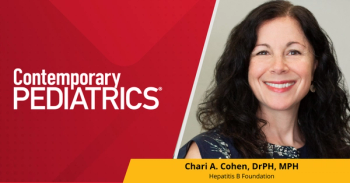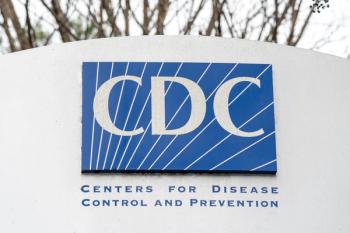
H1N1 vaccine works, and in just one dose
How does a vaccine supply get doubled overnight? By finding out that the second dose isn't needed to get efficacy.
How does a vaccine supply get doubled overnight? By finding out that the second dose isn’t needed to get efficacy.
New research was published Thursday in the
Since there was a rush to create as many H1N1 doses as possible, this means that the hundreds of millions of doses will now go twice as far. The Centers for Disease Control and Prevention recommends that at-risk populations should receive the immunization first – health care workers, people under 24, people taking care of infants or in bad health. The US government has purchased 195 million doses from multiple vaccine makers.
The first batch of H1N1 vaccines will be available in October, and will be reserved for the at-risk population. Young children may still need two shots, though, as with the first time they receive a traditional influenza immunization.
Newsletter
Access practical, evidence-based guidance to support better care for our youngest patients. Join our email list for the latest clinical updates.









